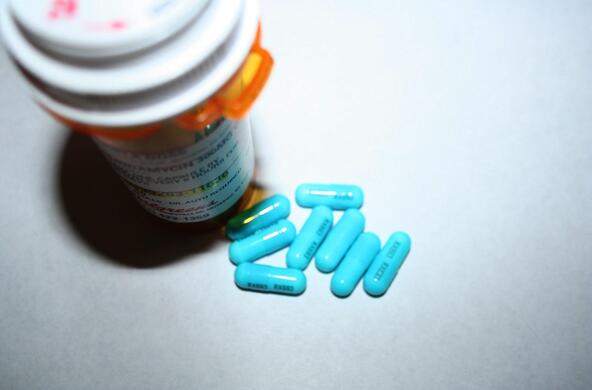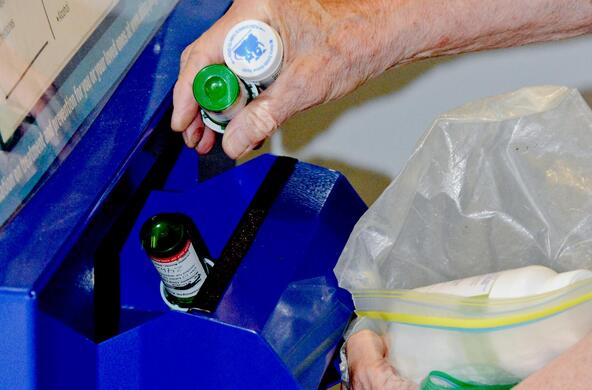There has been a lot of concern over the possibility of pharmaceuticals ending up in freshwater and disrupting populations of wildlife. Now, new research shows that these concerns may be completely legitimate. A study has found that pharmaceuticals commonly found in the environment are disrupting streams with unknown impacts on aquatic life and water quality.
In order to come to these conclusions, researchers examined how six common pharmaceuticals influenced similar-sized streams in New York, Maryland and Indiana. In particular, they looked at caffeine, the antibiotic ciprofloxacin, the antidiabetic metformin, two antihistamines used to treat heartburn (cimetidine and ranitidine) and one antihistamine used to treat allergies (diphenhydramine). They made sure to investigate these drugs both alone and in combinations, using pharmaceutical-diffusing substrates.
In order to determine the healthiness of a stream, the researchers focused on the response of biofilms to these drugs. Biofilms are the slippery coating on stream rocks that are vital to stream health. They're composed of complex communities of algae, fungi and bacteria that all live and work together. They're a major food source for invertebrates that eventually feed larger animals such as fish.
The researchers found that the pharmaceuticals did more than what they say on the bottle. Diphenhydramine in particular caused biofilms to experience up to a 99 percent decrease in photosynthesis and a drop in respiration. It also caused a change in the bacterial species present in biofilms, including an increase in the bacterial group known to degrade toxic compounds and a reduction in a group that digests compounds produced by plants and algae. In the end, the researchers were able to show that these pharmaceuticals drastically affected the small communities present on river rocks.
Yet this isn't the only study that has shown that excess chemicals could be affecting freshwater ecosystems. Another study revealed that the reproductive organs of river otters may be shrinking due to the persistence of contaminants in the water.
"Pharmaceutical pollution is now detected in waters throughout the world," said lead author Emma Rosi-Marshall, in a press release. "Causes include aging infrastructure, sewage overflows and agricultural runoff. Even when waste water makes it to sewage treatment facilities, they aren't equipped to remove pharmaceuticals."
The new study highlights a growing problem in freshwater streams. Without finding an effective way to clean up our water, freshwater communities and our own drinking water is likely to continue to be affected.
The research was published in a paper in Ecological Applications.






